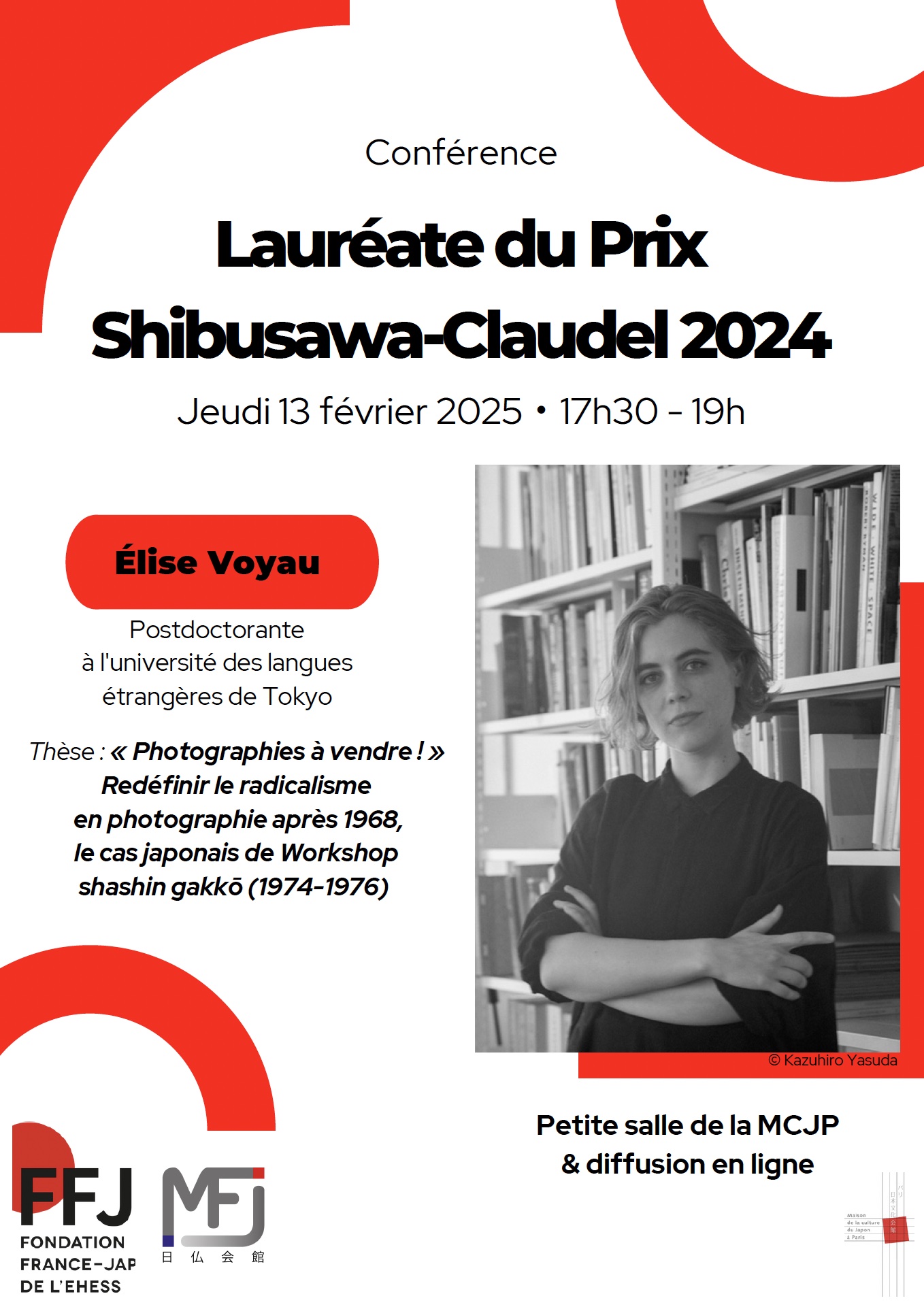The Speech Bubble, Between Text and Image
International one-day symposium
Friday, March 14th, 2025
Location: Room Jacques Glowinski, Collège de France, 11 place Marcelin-Berthelot, 75231 Paris cedex 05
Event held in person with a virtual attendance option (Zoom link provided upon request). With the support of the Maison de la Culture du Japon à Paris and the East Asian Civilizations Research Centre (CRCAO)
Contact: information and Zoom link: marianne.simon-oikawa@u-paris.fr
Presentation
This one-day symposium aims at showing the full complexity of the speech bubble, an object that has been largely neglected by research until now, and that cannot be defined solely as ‘the curve surrounding the words spoken by comic strip characters’ (Trésor de la langue française). Based on the observation that the speech bubble often also contains images and even blank spaces, and that its forms and functions vary according to the objects, periods and geographical areas in which it is present, the papers presented during this symposium propose to analyse the complex relation between speech bubble, text and image in a number of visual sources objects drawn from Japanese corpora or indirectly linked to Japan.This one-day symposium is the first event organized within the ‘Histoires de bulles’ programme (CRCAO, East Asian Civilizations Research Centre, 2025-2029), which aims to study the speech bubble and turn it into an object of knowledge, both in terms of its own characteristics and its visual and wider cultural ecosystem, in order to ultimately identify an “economy of the bubble”, or even sketch out a general theory of it.
Website: https://www.crcao.fr/recherche/formes-du-texte-usages-de-limage-dans-les-livres-japonais/?lang=en
Program
Morning session
Chair: Matthias Hayek (École Pratique des Hautes Études-PSL, to be confirmed)
09:30-09:45. Opening remarks. Marianne Simon-Oikawa (Paris Cité University)
09:45-10:30. Marianne Simon-Oikawa. Fukidashi, Building an Object Between Text and Image
In Japanese, the word fukidashi, which designates the speech bubble, does not refer to any specific form or content. It instead designates a breath exhaled out of an unidentified source. The variety of objects in which the speech bubble appears in Japan during the Edo period makes it necessary to draft a list of the types of objects in which it is concentrated, and to make a few initial hypotheses about it, which future research may support, develop or contradict. This presentation will focus on selected examples that challenge the definition of the bubble as a container for speech.
10:30-11:15. Estelle Bauer (Musée Guimet). When Pictures Start Talking. Dialogues and other Texts Written in Emaki (gachûshi画中詞)
If speech bubbles are a way to make characters talk, some emaki achieve the same effect by writing dialogue directly next to them. We will look at a few examples to reflect on the role these gachûshi play in the production of the visual narrative: they provide details about the characters’ actions and emotions; they introduce a sense of time into the picture.
11:15-12:00. Jaqueline Berndt (Stockholm University). Speech Balloons Beyond Speech: The ‘Return’ of Pictorial Contents?
Manga researchers have approached fukidashi mainly as speech balloons – “transdiegetic devices” that turned manga into “audiovisual comics” (Exner 2022) and visual modifiers of dialogue lines’ auditory properties (Manga no yomikata 1995). Attention has also been paid to speech balloons’ placement on manga pages and their role in visually guiding the reader’s gaze, while the analysis of their contents has considered hand-writing and type, font variations, and punctuation marks. Inspired by pictorial dream balloons from the late Edo period, my presentation focuses on non-linguistic contents: small pictures of characters’ heads inside the balloon, as well as pictorial runes such as sweatdrops and cross-popping veins attached to a balloon rather than the respective speaker. These devices internalize the external parts of Hosoma’s “speaker–listener–object” triangle (2023), ultimately foregrounding relationalities through a blurring of previously clear divides. In addition, pictorial balloon contents serve exaggeration (both humorous and affective) and instruction (efficiently providing information), as well as an economy of space. This sets them apart from Edo-period imagery, which nevertheless may help challenge simplistic assumptions of ‘speech’ balloons as providing an auditory experience.
Afternoon session
Chair: Thomas Lamarre (The University of Chicago)
14:00-14:45. Blanche Delaborde (Fukuoka University). The Spatial Paradox of Speech Bubbles in Manga
Speech bubbles in manga form a surprisingly complex narrative device. In particular, although the space delimited by the outline of the bubbles initially appears as a two-dimensional space analogous to that of the page, many examples contradict this idea. For instance, speech bubbles outlines are often porous, especially in the presence of handwritten secondary lines. In other cases, the bubbles carry iconic or conventional signs (keiyu) that suggest some depth. In addition, the anchoring of the balloons to the three-dimensional diegetic space presents many ambiguous cases, that blur between two-dimensional and three-dimensional spaces.
14:45-15:30. Ladan Niayesh. From Playscript to Mangascript: The Speech Bubbles in Manga Shakespeare’s The Tempest
As the spearhead of the ‘Self Made Hero’ company’s endeavour to break through a heavily Asianised global manga market, the British ‘Manga Shakespeare’ series paradoxically enlists that icon of European culture not hegemonically, but as a mediator gesturing East. Speech bubbles occupy a key position in this process of cultural negotiation in one of the early volumes in the series, The Tempest (2007), illustrated by a British mangaka but set in a post-industrial, environmentally damaged island beaten by Hokusai-style waves. The speech bubbles keep about forty percent of the original Shakespearean text, but adapt it to visually and culturally navigate between a theatrical script and the aesthetic alphabet of the manga. This involves for example playing on bubble contours to express emotions and speech volume in the opening tempest scene, sticking in that to the received conventions of Japanese manga. But the artist also instills less common and inventive features into the manga format, such as deleting the speech bubble altogether to blend thought and nature for monologues. Eventually tailored into strips of paper carrying identity, speech is what both the spirit Ariel and the magician Prospero dissolve into in the final pages of the volume, recalling a dilapidated folio of Shakespeare’s complete works scattered and lost to the winds, or alternatively and more optimistically Prospero’s magic book travelling east over the oceans for a fresh lease of life with a rejuvenated audience.

